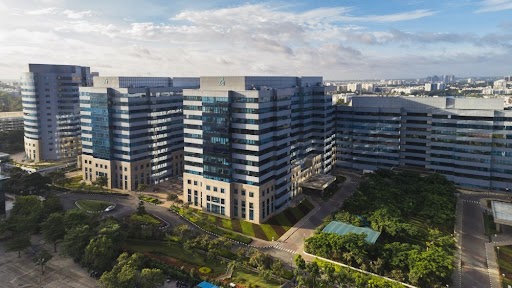Pune, long celebrated as an educational and cultural hub, has undergone a transformative journey in the past two decades, morphing into a burgeoning IT epicenter. This metamorphosis is largely due to the proliferation of IT parks across the city. These hubs of technology not only boost the local economy but also significantly impact various sectors, most notably the housing market. In this blog, we will delve into how IT parks have reshaped housing demand in Pune.
The Rise of IT Parks in Pune
Pune’s IT revolution began in the early 2000s, with the establishment of IT parks such as Hinjewadi, Magarpatta City, and EON Free Zone in Kharadi. These parks attracted multinational corporations and startups alike, creating a plethora of job opportunities. The influx of professionals seeking employment in these zones contributed to a new demographic trend—increased migration to Pune.
Impact on Housing Demand
The presence of IT parks has a direct correlation with the rise in housing demand in nearby areas. Here’s how:
- Increased Migration: As IT companies flourished, professionals from various parts of India and abroad moved to Pune, leading to a spike in demand for residential properties. Areas like Hinjewadi, Baner, and Wakad have seen exponential growth in residential developments.
- Rise in Rental Demand: The transient nature of IT jobs leads many to opt for rental accommodations. Localities near IT parks witness a high demand for rental housing, making them hotspots for real estate investors.
- Premium Housing Projects: The influx of a well-paid workforce has led to an increase in demand for high-end residential projects. Developers have been quick to capitalize on this trend, with a focus on amenities such as smart homes, eco-friendly buildings, and integrated townships.
- Infrastructure Development: The development of IT parks necessitates improved infrastructure, including better roads, enhanced water supply, and robust public transport. This infrastructural enhancement, in turn, boosts real estate prices and attracts more residents to these areas.
- Socio-economic Changes: The development of IT parks has brought with it a cosmopolitan culture and a higher standard of living, influencing the type of housing developments and amenities demanded by the new residents.
Challenges and Opportunities
While the growth of IT parks has stimulated the housing market, it also presents challenges such as rapid urbanization, increased traffic congestion, and environmental concerns. However, these challenges also present opportunities for sustainable development, including green buildings, better waste management, and innovative urban planning.
The Future Outlook
The ongoing expansion of IT parks in Pune is likely to continue driving housing demand. The city’s real estate sector is expected to evolve with the changing dynamics, focusing more on sustainable and inclusive urban development to accommodate the growing population.
In conclusion, the impact of IT parks on Pune’s housing demand is profound and multifaceted. As Pune continues to evolve as a tech city, the synergy between technology hubs and housing development remains a critical area for stakeholders—developers, investors, policymakers, and residents alike—to focus on, ensuring growth is balanced with sustainability and quality of life






